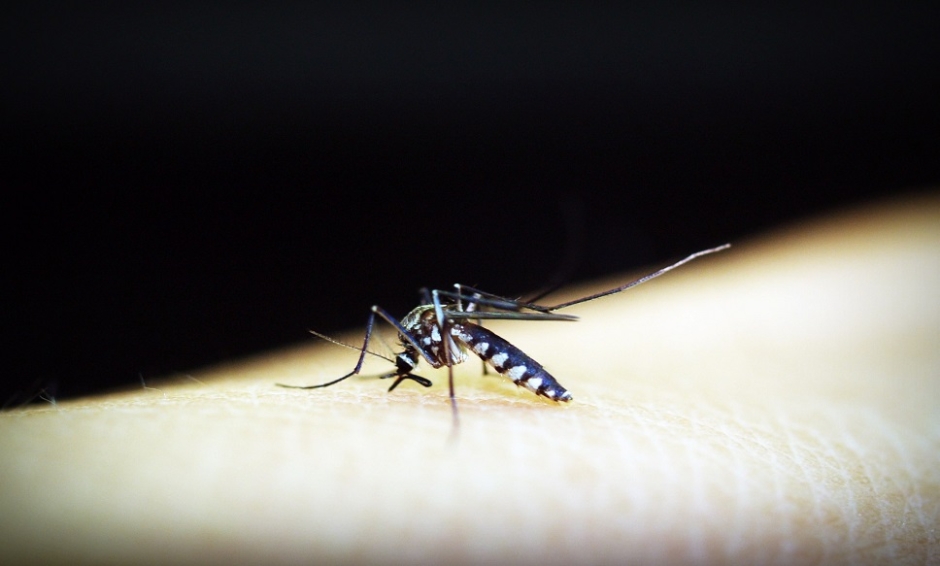THE DISCOVERY of a protein that assists parasites in attacking human red blood cells could be used to develop more developed vaccines for the disease, according to researchers at the Wellcome Trust Sanger Institute, Cambridge, UK. This unearthing could result in a more effective treatment for malaria.
In the recently published study paper, researchers reported that the malarial vaccine target RH5 created a molecular bridge between the Plasmodium parasite and a human blood cell after being anchored to the surface of the parasite by another protein. They noticed that when Plasmodium RH5 was released, thousands of P113 protein molecules captured RH5 and tethered it to the surface of the parasite. The RH5 protein then bound to a basigin receptor on the surface of human red blood cells which created a bridge that allowed the parasite to invade the blood cell.
Dr Julian Rayner, Senior Group Leader and Director of Wellcome Genome Campus Connecting Science, Cambridge, UK, and one of the authors of the study paper explained: “We knew both proteins were essential for invasion but this is the first time anyone has seen the interaction between RH5 and P113 and showed that they work together. In theory, an antibody that blocked P113 could stop RH5 binding and so prevent the parasite from gaining entry to red blood cells. This makes the P113 protein another good vaccine target.” The team also learnt details of how two other essential proteins of the parasite, CyRPA and RIPR, bounded together to form a complex with RH5 and that only a small part of the RH5 protein was needed to bind with P113.
Dr Gavin Wright, Senior Group Leader from the Sanger Institute, commended the findings concluding: “There is a great need for an effective malaria vaccine, and the RH5 complex is the most important link between parasite and host that we yet know of. This study shows us how this works and reveals other essential malarial proteins to target. As RH5 is only exposed from the parasite briefly, a combination vaccine based on P113, RH5, and other proteins in the complex could be more effective than RH5 alone.”
Jack Redden, Reporter








